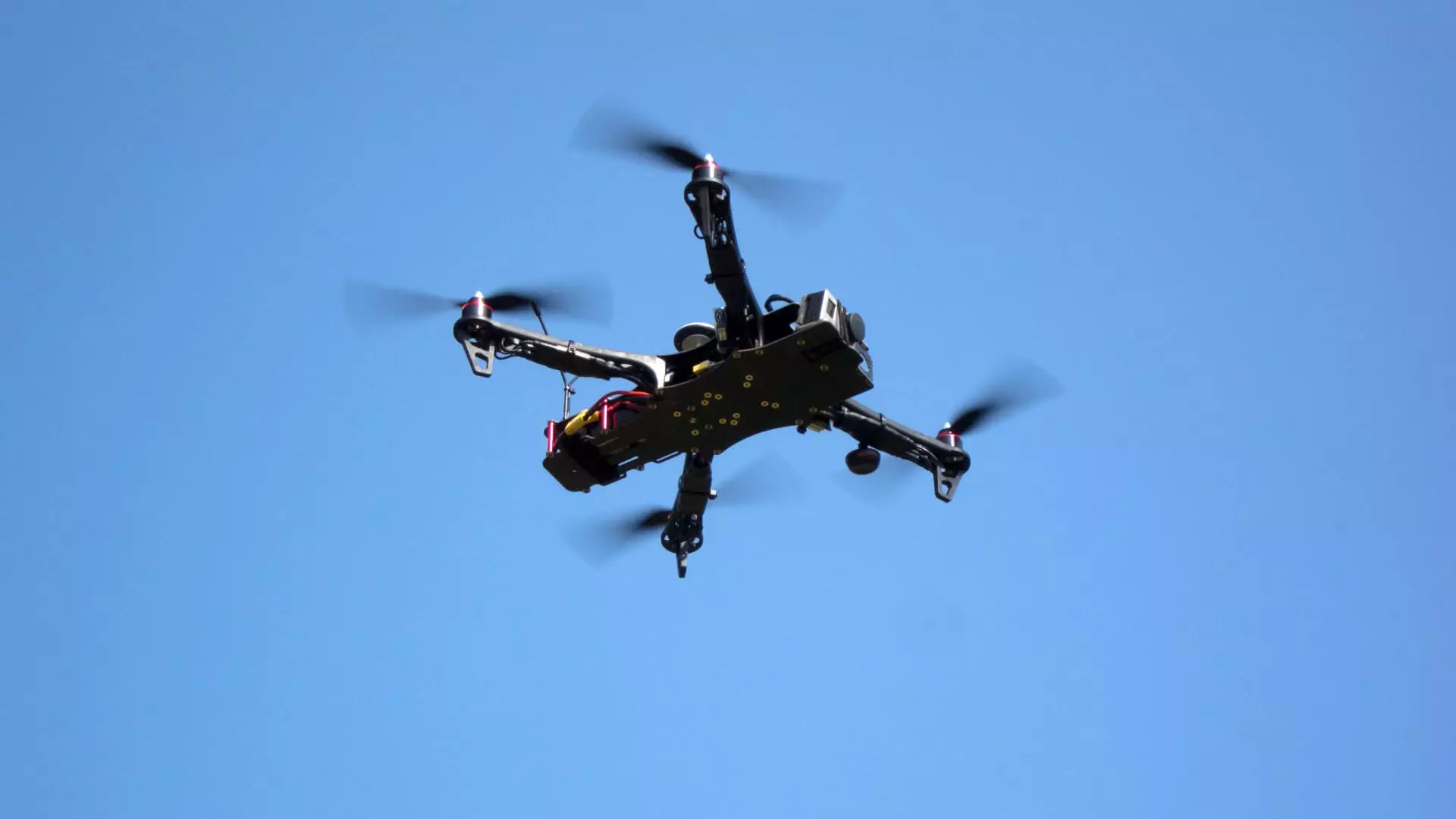In recent months, New Jersey has become a focal point for intrigue as numerous drone sightings have been reported, prompting investigations from federal authorities such as the FBI and the Department of Homeland Security (DHS). These investigations have led to significant findings that challenge the initial assumptions surrounding the nature of these sightings. The official assessments reveal that many presumed drones may actually be manned aircraft, which suggests a misidentification phenomenon rather than a surge in unmanned aerial systems (UAS) activity. This highlights a crucial aspect in today’s fast-paced technological landscape, where misperceptions are easy to form based on limited viewpoints or lack of understanding.
Moreover, the investigations have emphasized that there is no current evidence linking drone sightings to illegal actions or malicious activities. This is further supported by the U.S. Coast Guard, which has found no indications of foreign operations potentially threatening national security. The commitment to transparency and thorough investigation, as expressed by a DHS official, underscores that the current situation does not present any pressing danger to public safety or national interests. This finding should calm public fears, allowing for a more balanced understanding of the circumstances unfolding above New Jersey.
Political figures, such as Republican Representative Mike Waltz, have entered the fray, raising questions about the origins of these drones. His speculations point to the possibility that these drones could be controlled remotely from overseas or possibly utilizing pre-programmed GPS coordinates. Such considerations reflect broader concerns regarding homeland defense, especially in an age defined by rapid technological advancements and potential vulnerabilities.
Waltz’s remarks also spotlight a growing dialogue surrounding airspace security. With discussions about President Trump’s proposed “Iron Dome” for America, the narrative grows more complex—advocating for a comprehensive approach to national defense that includes the threats posed by drones. This dual emphasis on both advanced missile threats and the seemingly innocuous nature of drone operations reflects an evolving understanding of modern warfare and surveillance.
As the investigations continue and political discussions persist, it becomes increasingly clear that the issue at hand transcends mere sightings. Rather, it encapsulates the growing need for a robust and multi-faceted airspace defense strategy. Many experts argue that an “all-of-the-above” approach, as Waltz mentions, may be essential to secure the nation from diverse aerial threats, including those from drones, which can vary widely in size and function.
This debate presents an opportunity for policymakers to consider how best to integrate emerging technologies into national security frameworks, ensuring that existing infrastructures can adapt to new realities. As the landscape of aerial technology evolves, so too must the strategies for comprehensively securing U.S. airspace against an array of potential threats.
While the initial reports of drone sightings in New Jersey raised substantial alarms, the findings reveal a nuanced landscape that blends technology, politics, and security. As investigations continue, the discussions surrounding airspace defense will likely evolve, shaping national strategies for years to come.

